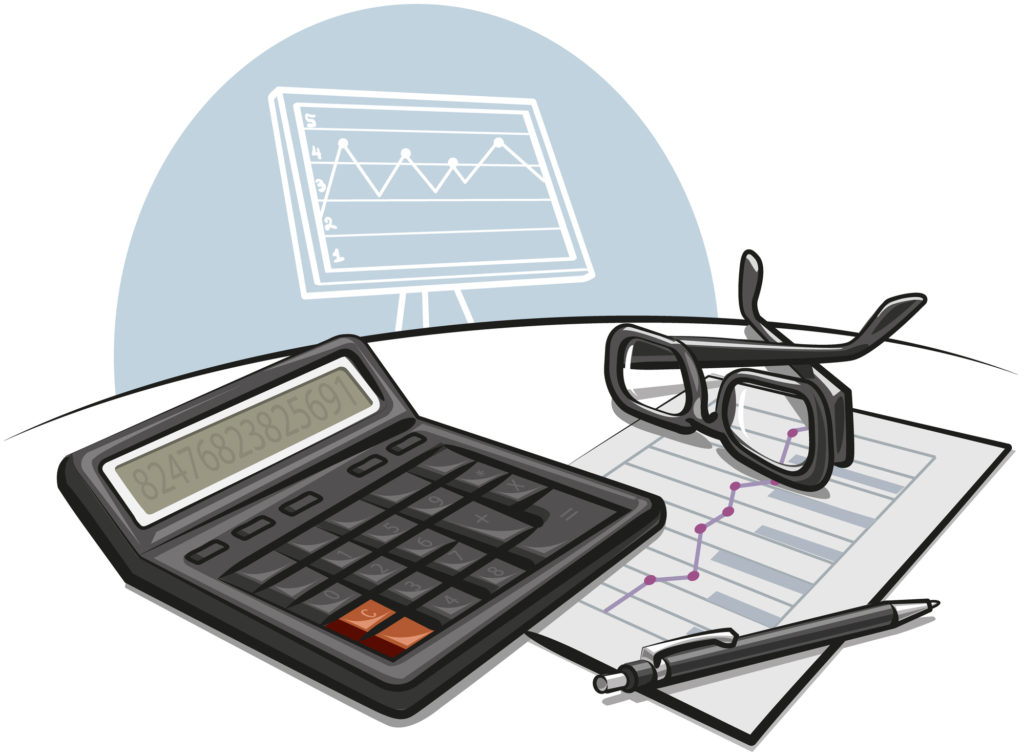 Understanding and monitoring your business’ financial information is critical to success. When starting a business, financial terminology may be confusing and the importance of mastering it and staying on top of your numbers may be challenging. Here are some key numbers to know and watch. The discussion is very general; you may need to drill down further for a better picture of your business’ financial situation.
Understanding and monitoring your business’ financial information is critical to success. When starting a business, financial terminology may be confusing and the importance of mastering it and staying on top of your numbers may be challenging. Here are some key numbers to know and watch. The discussion is very general; you may need to drill down further for a better picture of your business’ financial situation.
Key numbers to know and watch:
1. Cash flow statement
Making sales is one thing; having cash on hand to pay your bills is quite another. Cash flow is more important than profits, says to the Nebraska Business Development Center. A cash flow statement is a picture of cash flow; it tracks the flow of money in (actual collections and not merely sales) and out (not simply accounts payable but what’s been paid) from your company. The statement also reflects projections—when funds are expected to be received and when bills are expected to be paid. Today, most accounting software has cash flow tracking ability to help ensure you’ll have funds on hand. Another helpful blog, Cash Flow Woes and What You Can Do About It, addresses some ideas to consider.
2. Profit and loss statement
Income and expenses are entered on a profit and loss (P&L) statement, also called an income statement. Essentially, it’s a snapshot of where the company stands financially at a given point in time, typically year-end, but you can have monthly or quarterly P&L statements.
Income is all revenue received, whether from sales or other types of income (e.g., interest on loans to owners or others). Expenses typically fall into two categories:
- Fixed expenses. These are expenses that are essentially the same from month to month, such as rent or some annual expenses—property taxes; insurance premiums (if paid yearly, divide by 12).
- Variable expenses. These are expenses that a company has some discretion over, such as marketing and advertising expenses, and travel and entertainment costs.
The Corporate Finance Institute has more details on preparing and understanding a P&L statement. Again, most accounting software can create a P&L statement with a simple keystroke.
3. Balance sheet
Have you ever figured your personal net worth by listing your assets and debts? A balance sheet is a way to figure a business’s net worth. On one side of the balance are all the assets of the business. On the other side, all liabilities are listed. The extent to which assets outweigh liabilities is the owner’s equity in the business. The greater the owner’s equity (called shareholder equity if the business is incorporated), the better the company’s financial condition. If liabilities are greater than the assets, the business is in trouble.
4. Cost of goods sold
If your business only provides services, you don’t have to know about the cost of goods sold (COGS). But if you have inventory, this figure is used to determine how much of your sales result in income for the year. It’s not what you bring in as revenue; it’s what you net against COGS that’s important.
COGS is the cost of creating or buying items for sale. COGS is derived by starting with opening inventory—what you have at the start of the year. It’s then increased by purchases during the year and reduced by goods sold or items removed for personal use. This gives you the ending inventory.
FreshBooks has a good explanation of COGS and how to figure it.
5. Profits
What you net out after deducting allowable costs is your profit for the year. There is a financial profit—what you show on the books as the difference between your income and expenses. And there’s a tax profit, which may differ from a financial profit because some legitimate business expenses (e.g., paying employees’ transportation fringe benefits) are not deductible. Determining profit is important so you can figure your profit margin, which helps you know when to raise prices and whether you’re operating in light with other businesses in your industry. And, of course, your tax profit is what you pay income taxes on.
The term “profit” can be further refined:
- Gross profit. What remains from revenue after reducing it by COGS and direct sales costs.
- Operating profit. This is simply gross profit reduced expenses (other than those taken into account in figuring gross profit) and depreciation and amortization.
- Net profit. What remains after subtracting all expenses. Usually this is net profit after reducing it by taxes to see what the business really nets out.
The U.S. Chamber of Commerce has a good article on how to calculate small business profit.
Final thought
Know your numbers so you can run your business successfully.
As management consultant and author Peter Drucker said, “Profit is not the purpose of business, but rather the test of its validity.”
Without profit, and other good numbers, you can’t stay in business. If you are confused, be sure to work with a CPA or other financial adviser to maintain a grip on what’s going on in your business.

